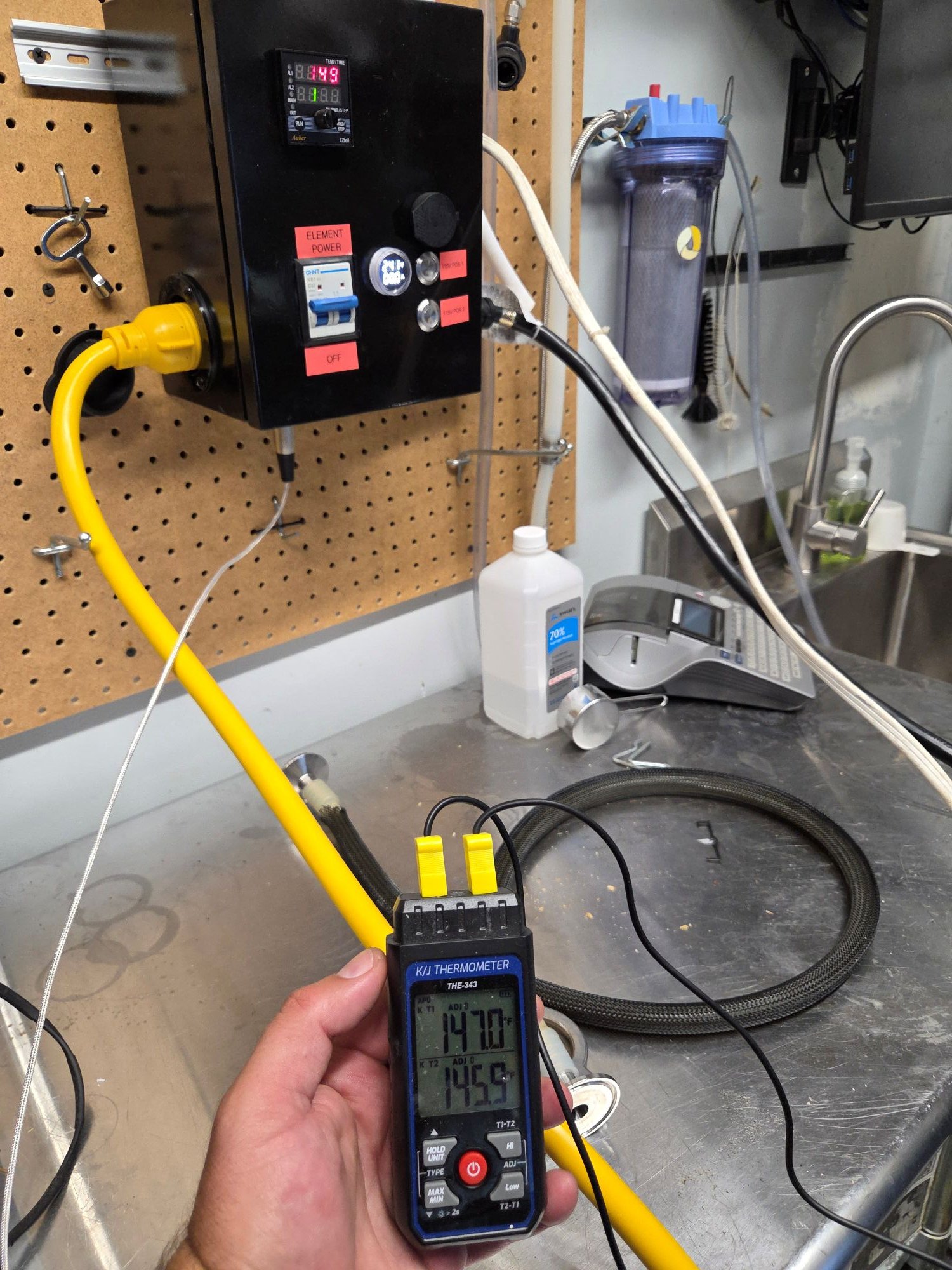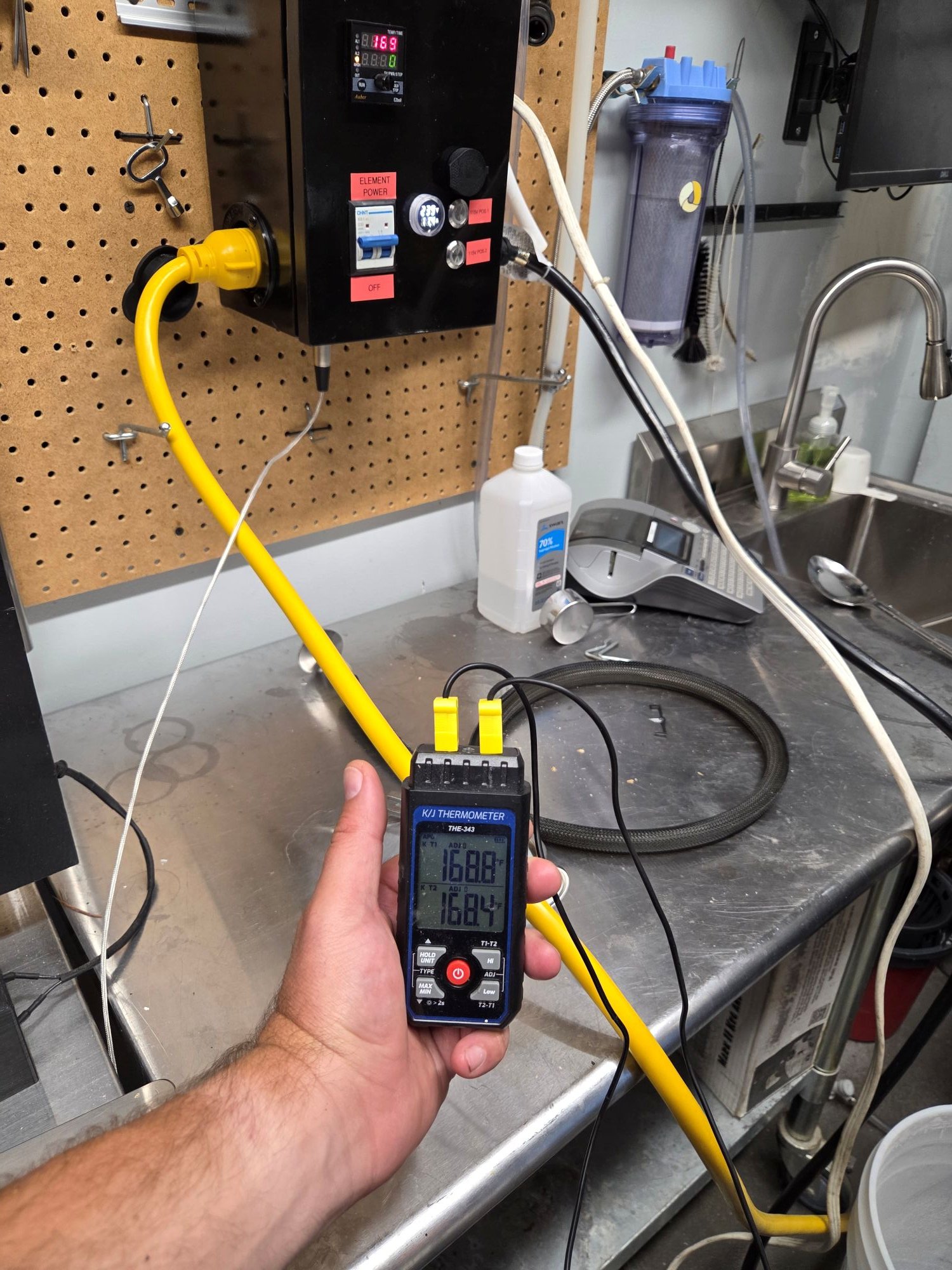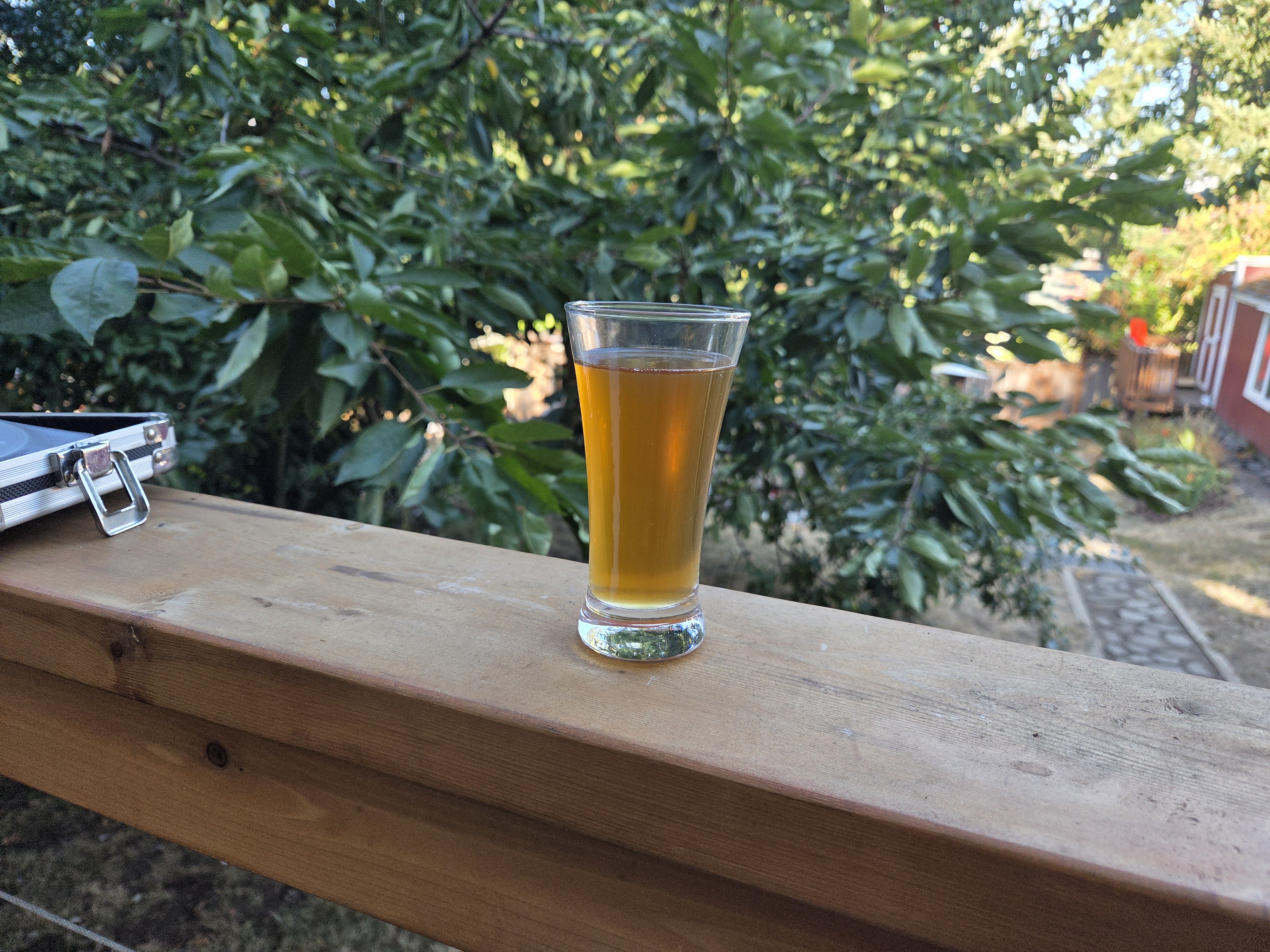I have the Auber DSPR controllers and use them for both RIMS Mash and Boil. I do 15 Gallon BatchesAppreciate the info. I will look at the bAST value that I am using.
I drive a 5500W element for my RIMS. I have yet to scorch the element/wort. I usually use 100% for mOUT. If 100% starts boiling the wort in the RIMS tube I drop it down to 75%.
For the Boil I drive two 5500W elements. There are three bSET settings, bOUT which i set to 100% and bAST which I set to 206F, and finally bTSP (timer start) which I set to 207F.
My boil program is set to 22%. So with these settings my controller drives both elements at 100%(bOUT) until my wort reaches 206F (bAST) then the controller drives the elements at 22%. Once the wort reaches 207F(temp at which a rolling boil is achieved bTSP) the boil timer starts.
I love this controller.


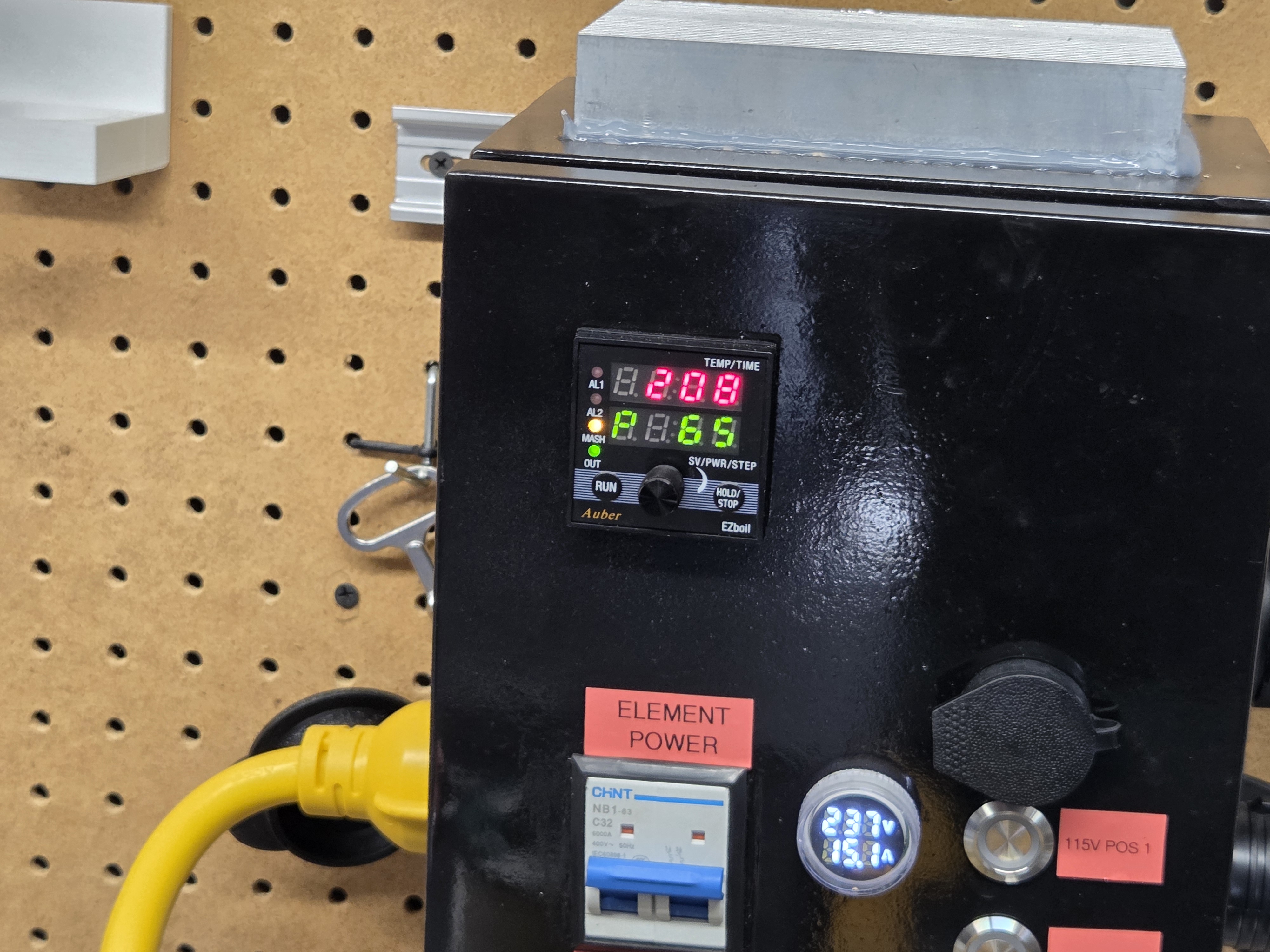
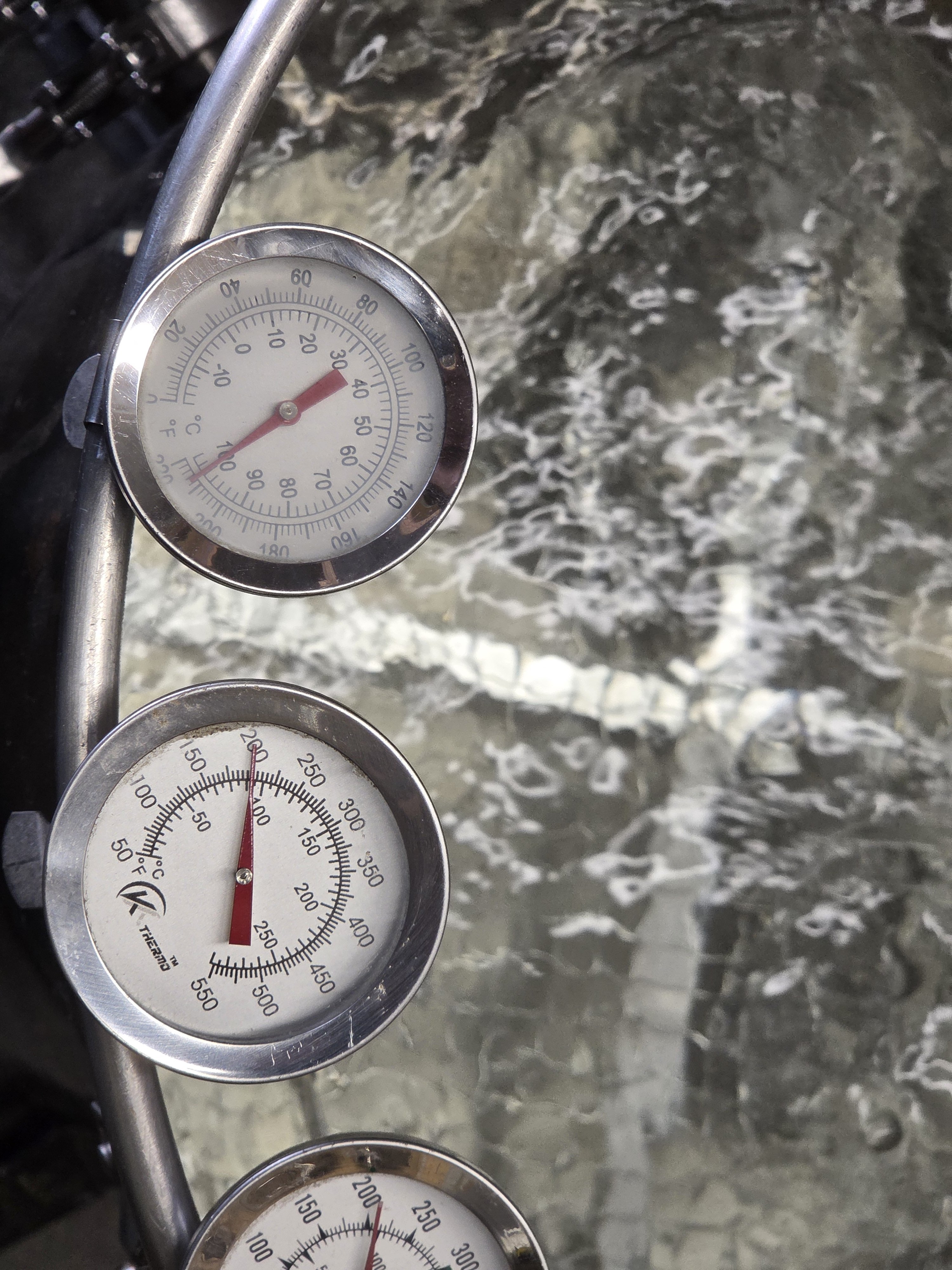



















![Craft A Brew - Safale BE-256 Yeast - Fermentis - Belgian Ale Dry Yeast - For Belgian & Strong Ales - Ingredients for Home Brewing - Beer Making Supplies - [3 Pack]](https://m.media-amazon.com/images/I/51bcKEwQmWL._SL500_.jpg)





































